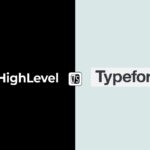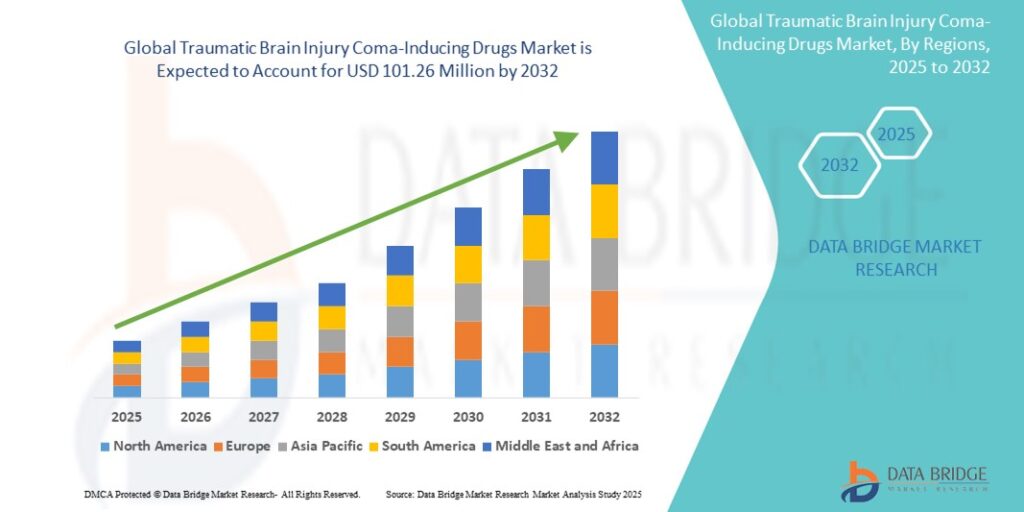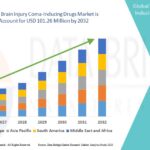Introduction
Traumatic Brain Injury Coma-Inducing Drugs Market remain one of the most serious and complex medical emergencies globally, often resulting from accidents, falls, sports injuries, or violence. In severe cases, coma-inducing drugs—also known as barbiturates or medically-induced coma agents—are employed to reduce brain metabolism and intracranial pressure, giving the brain a chance to heal. The market for these drugs is a specialized but vital segment of neurocritical care. Growing TBI incidences, advancements in critical care, and expanding neurotrauma centers are significantly shaping the demand and innovation landscape for coma-inducing drugs.
Rising Prevalence of Severe TBIs
Traumatic brain injuries affect millions worldwide each year, with a significant portion involving moderate to severe injuries. These cases often require intensive management in neurocritical care units, where coma-inducing drugs help stabilize patients by minimizing cerebral metabolism and preventing further neurological damage. Increasing road traffic accidents, military combat injuries, and sports-related trauma contribute to market demand for such pharmacological interventions.
Role of Coma-Inducing Drugs in Neurocritical Care
Coma-inducing drugs, particularly barbiturates like pentobarbital and thiopental, are used to induce deep unconsciousness to manage elevated intracranial pressure (ICP). By decreasing cerebral blood flow and oxygen demand, these medications create a controlled state that facilitates brain recovery. Although their use is typically reserved for extreme cases where other therapies fail, they remain critical tools in preventing secondary brain damage in TBI patients.
Technological and Clinical Advancements
Advances in neuroimaging and patient monitoring have allowed physicians to better assess ICP and adjust coma-inducing drug dosages with precision. Targeted temperature management and multimodal neuromonitoring systems have also contributed to safer administration. Furthermore, pharmaceutical companies are researching new sedatives and neuroprotective agents that offer enhanced efficacy with fewer side effects, expanding the clinical arsenal for TBI treatment.
Market Segmentation by Drug Class
Barbiturates remain the most commonly used class due to their proven efficacy in ICP control. However, benzodiazepines, propofol, and newer sedatives are also being studied for their potential to serve as alternatives or adjuncts in coma induction. The focus remains on agents that offer better neuroprotection, faster recovery profiles, and safer sedation protocols in ICU settings.
Hospital and ICU Settings Dominate End Use
Hospitals and specialized neurological intensive care units (ICUs) represent the primary end users of coma-inducing drugs. These drugs are administered under highly controlled environments, with continuous monitoring to ensure optimal outcomes. Military and trauma centers also contribute to demand, especially where battlefield injuries and acute trauma cases are frequent.
Regional Demand Outlook
North America holds a dominant position in the market due to its advanced trauma care infrastructure, high incidence of TBIs, and strong regulatory support for critical care drugs. Europe follows closely with an emphasis on neurological research and emergency services. Asia-Pacific is emerging as a high-growth region driven by increasing road accidents, sports injuries, and expanding access to tertiary care. In Latin America and the Middle East & Africa, the market is gradually gaining traction as trauma care systems develop.
Regulatory and Ethical Considerations
The administration of coma-inducing drugs involves significant ethical and medical oversight. Regulatory bodies mandate strict protocols for dosage, monitoring, and patient consent. The delicate balance between therapeutic benefit and potential risks like prolonged sedation or cardiovascular instability continues to be a focal point in clinical guidelines and drug development efforts.
Challenges in the Market
The limited number of drugs currently approved for coma induction constrains therapeutic options. High-risk profiles and potential side effects associated with long-term use of sedatives can deter adoption. Additionally, varying standards of neurocritical care across regions create disparities in treatment access and outcomes. Cost factors and limited awareness among healthcare professionals in emerging markets further pose obstacles.
Opportunities and Future Trends
Emerging research into neuroprotective agents is expected to redefine treatment approaches for severe TBIs. The use of AI-driven patient monitoring, personalized medicine protocols, and novel drug delivery systems could improve treatment precision and recovery outcomes. Collaborative efforts between academic institutions, biotech firms, and trauma centers are anticipated to spur innovation in this niche but impactful therapeutic area.
Competitive Landscape
Key pharmaceutical players involved in the production and distribution of coma-inducing drugs include Hikma Pharmaceuticals, Pfizer Inc., B. Braun Melsungen AG, Abbott Laboratories, and Fresenius Kabi. These companies focus on ensuring consistent supply chains, maintaining regulatory compliance, and exploring research collaborations for next-generation sedatives. Mergers, acquisitions, and geographic expansions are key strategies in a market that demands both specialization and reliability.
Conclusion
The Traumatic Brain Injury Coma-Inducing Drugs Market serves a highly specialized yet critical function within neurocritical care. While the patient pool is relatively niche, the high-stakes nature of treatment ensures continued demand for effective and safe pharmacological solutions. As trauma incidents rise and medical technologies advance, the market is poised to evolve with improved drug options, tighter safety protocols, and broader global accessibility.
- Traumatic Brain Injury Coma-Inducing Drugs Market: Advancements, Demand Dynamics, and Future Outlook
- The global Traumatic Brain Injury Coma-Inducing Drugs Market was valued at USD 67.29 million in 2024 and is expected to reach USD 101.26 million by 2032 During the forecast period of 2025 to 2032 the market is likely to grow at a CAGR of 5.24%, primarily driven by the rising prevalence of severe traumatic brain injury cases
- Traumatic Brain Injury Coma-Inducing Drugs Market, Traumatic Brain Injury Coma-Inducing Drugs Market Scope, Traumatic Brain Injury Coma-Inducing Drugs Market Size
Related posts:
 Fitness for Mental Clarity: Unlock Your Focus and Inner Strength with DG FIT MIND
Fitness for Mental Clarity: Unlock Your Focus and Inner Strength with DG FIT MIND
 Top Carrier Oil Suppliers in India for Bulk & Wholesale Buyers
Top Carrier Oil Suppliers in India for Bulk & Wholesale Buyers
 Atlas Pro ONTV : La Révolution de la Télévision par Internet
Atlas Pro ONTV : La Révolution de la Télévision par Internet
 Essentials Hoodie Design Philosophy: Minimalism Meets Statement
Essentials Hoodie Design Philosophy: Minimalism Meets Statement
 Make Your Message Stick: The Power of Flyers & Posters in Plano!
Make Your Message Stick: The Power of Flyers & Posters in Plano!
 Integrating Type form with High Level: A Comprehensive Guide
Integrating Type form with High Level: A Comprehensive Guide
 What Solar Looks Like on Flat Roofs, Metal Roofs, and Shingles?
What Solar Looks Like on Flat Roofs, Metal Roofs, and Shingles?
 When Best Stock Market Institute Delhi Becomes Your Turning Point Forever
When Best Stock Market Institute Delhi Becomes Your Turning Point Forever









